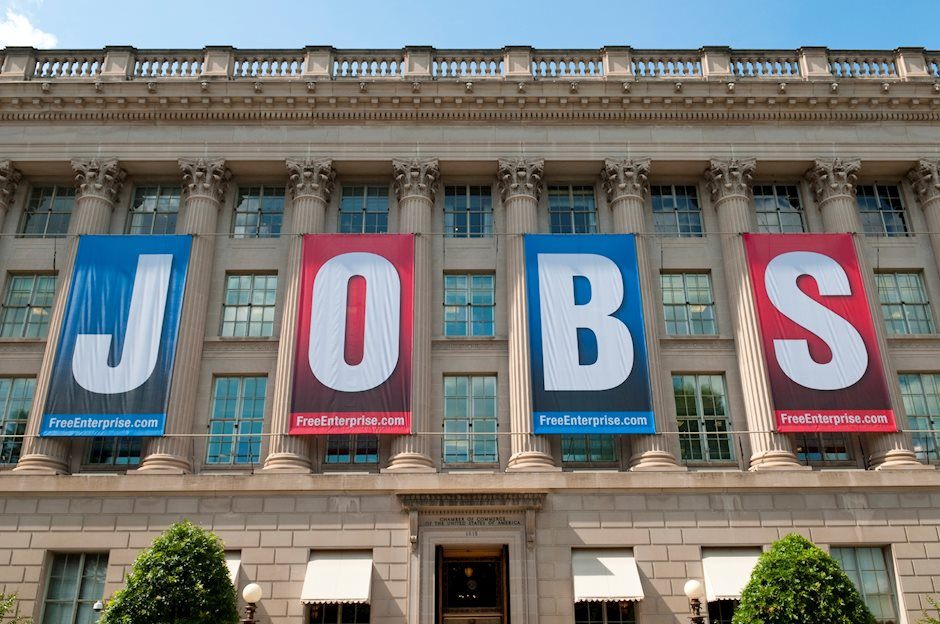Talking taxes: What will happen to the tax cuts and jobs act?

Summary
Perhaps the biggest U.S. fiscal policy decision in 2025 will be how to handle the looming expiration of large parts of the Tax Cuts and Jobs Act (TCJA). The TCJA was enacted in 2017 under President Trump and reduced taxes for households and businesses. Many of the bill's changes, particularly those impacting households, will expire at year-end 2025.
What if the tax hikes go into effect as scheduled under current law?
Although fiscal policy would be tightened in this scenario, we doubt it would be enough to knock the U.S. economy into recession single-handedly. We believe the hit to economic growth from the expiration of the TCJA would be a few tenths of a percentage point in 2026 and 2027, all else equal.
What if the TCJA is extended in full?
The fiscal cost of extending the TCJA is sizable. If done without offsetting revenue raisers or spending cuts, a TCJA extension would cost roughly $4.6 trillion over the next decade and increase annual federal budget deficits to 7%-8% of GDP, a degree of borrowing unprecedented outside of wartime or recession.
Extending the TCJA would avert fiscal tightening rather than expand fiscal accommodation. Our forecast assumes the TCJA is extended, and as a result, an extension probably would not have a major impact on our outlook for economic growth, inflation and the federal budget deficit in 2026/2027.
What other tax policy changes are under consideration?
Countless tax policy changes could shake out on the other side of the 2024 election. Because this year's Senate races generally are more conducive to a sizable Republican Senate majority than a big Democratic one, we believe there is probably a wider distribution of potential tax policy outcomes in a Republican sweep scenario.
Former President Trump supports extending the TCJA, and he has floated some new tax cut ideas, such as exempting Social Security benefits from taxation and further reducing the corporate income tax rate. An expansion of the TCJA without offsets would be fiscal stimulus and probably would be associated with faster economic growth, higher inflation, larger budget deficits and higher interest rates, all else equal, with the magnitude dictated by the size of the fiscal expansion.
It is possible that the deficit pressure from new tax cuts could be offset by the revenue raised from tariffs on U.S. imports. This would help limit the increase in the budget deficit and national debt in the years to come, but it would also boost inflation and act as a countervailing drag on economic growth in 2026/2027.
Vice President Harris supports extending the TCJA for those earning less than $400K per year and letting it lapse for those earning above that threshold. We think the near-term drag on the U.S. economy under this scenario would be relatively small, perhaps a tenth or so on GDP growth in 2026.
Vice President Harris also has announced support for a variety of other tax increases and tax cuts, such as raising the corporate income tax rate and expanding the Child Tax Credit, but we suspect a Harris administration would be accompanied by either a Republican Senate or a very small Democratic Senate majority, limiting the scope of potential tax policy changes.
Author

Wells Fargo Research Team
Wells Fargo

















